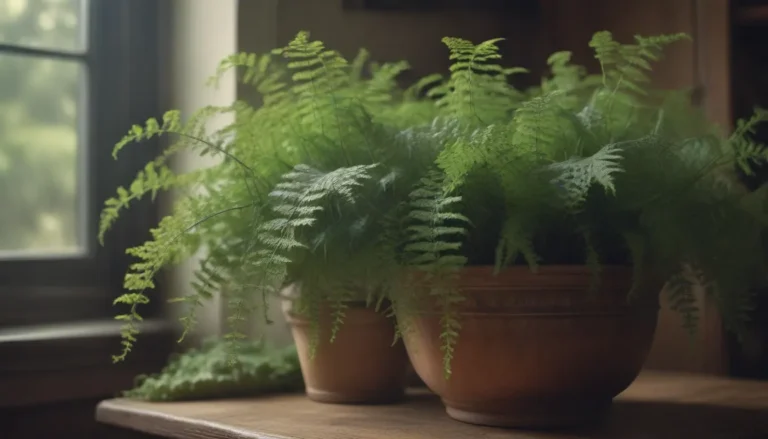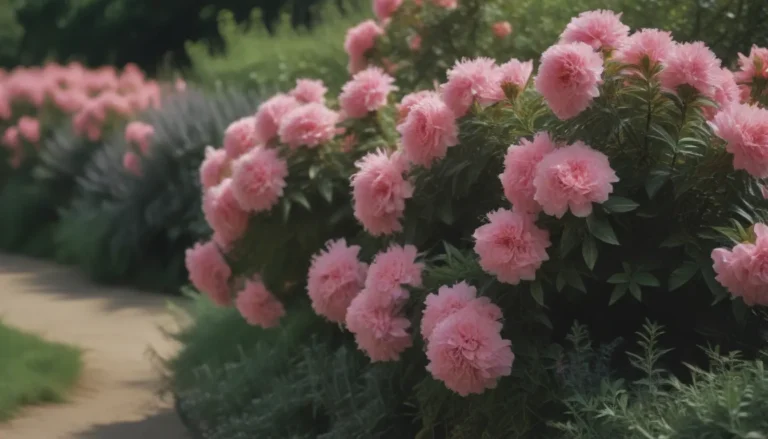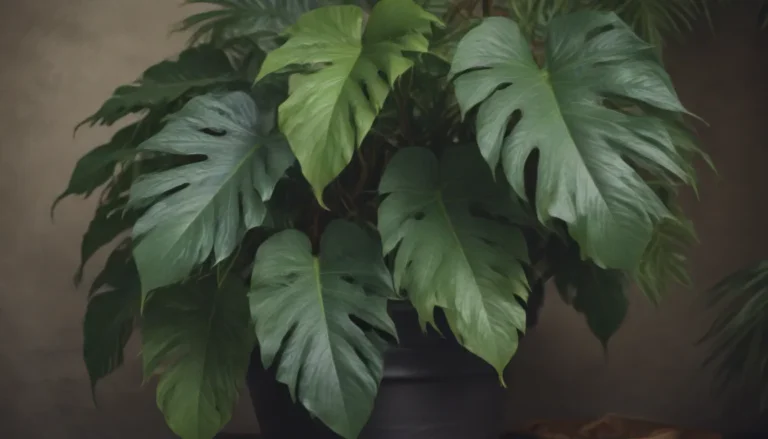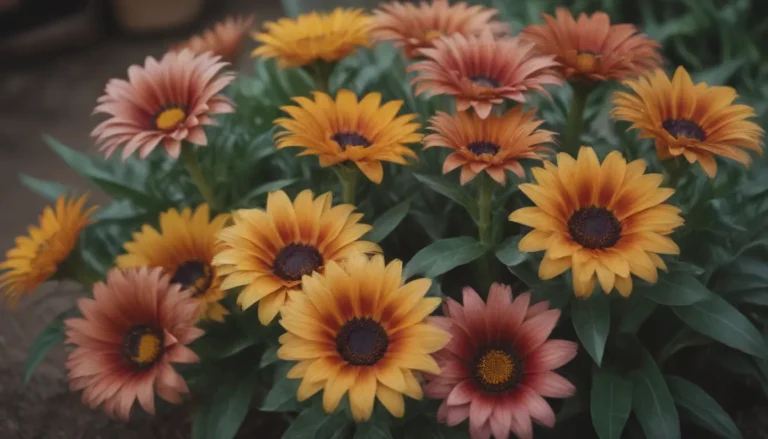Ultimate Guide to Growing and Caring for Coral Cactus
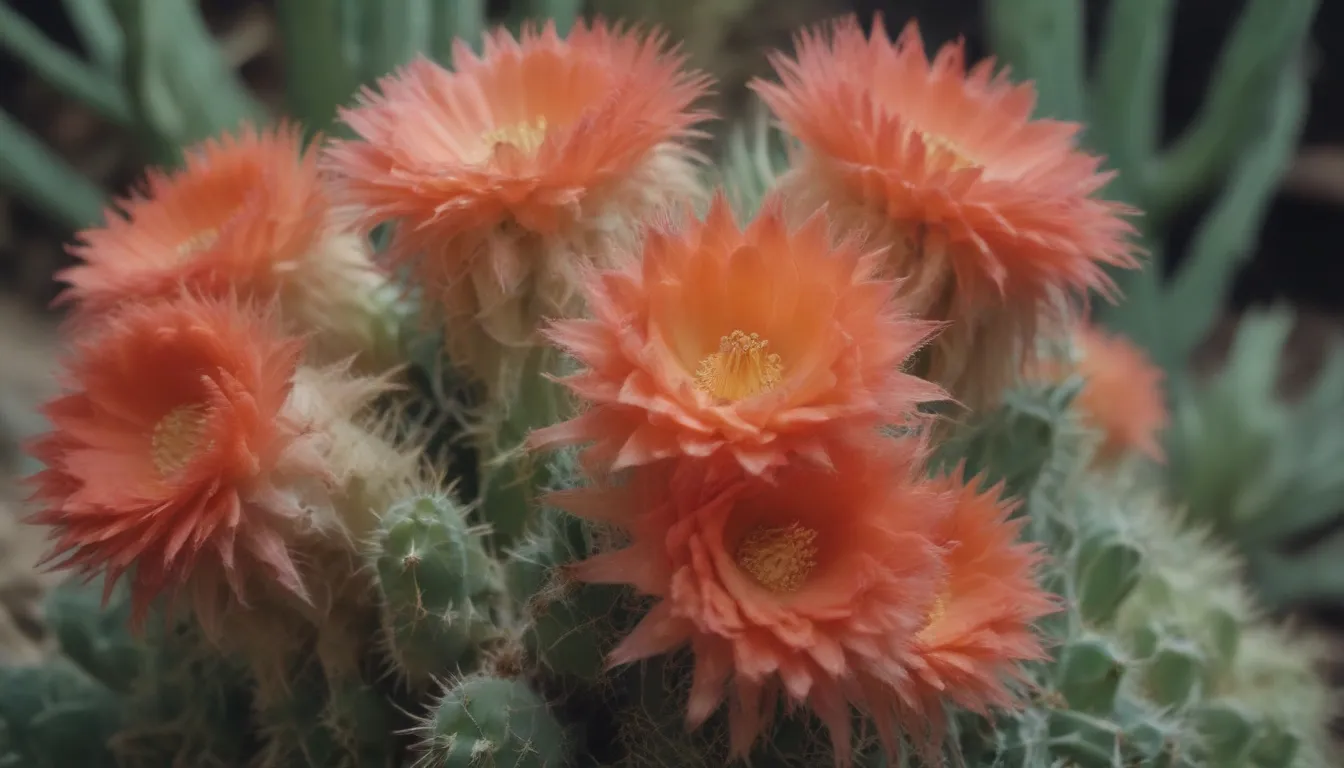
If you’re looking to add a unique and low-maintenance plant to your indoor or outdoor garden, consider the coral cactus. Despite its misleading name, the coral cactus is not a cactus at all but rather a combination of two different types of succulents grafted together. This plant is not only visually intriguing with its sculptural appearance, but it is also relatively easy to care for. In this comprehensive guide, we will walk you through everything you need to know about growing and caring for coral cactus to ensure it thrives in your home or garden.
Unveiling the Coral Cactus
Before we delve into the care requirements, let’s take a closer look at what makes the coral cactus stand out. The top portion of the plant features a ruffled crest known as Euphorbia lactea, while the green ‘stem’ or rootstock is Euphorbia neriifolia. Through the process of grafting, these two succulents come together to create the captivating coral cactus. Depending on the variety of Euphorbia lactea used, the color of the top crest can range from green to blue-grey to whitish-green, adding to the plant’s aesthetic appeal.
Coral Cactus Care Essentials
To ensure your coral cactus thrives and remains healthy, it is important to meet its specific care requirements. From lighting and watering to soil and temperature, here is a breakdown of essential care tips for your coral cactus:
Light
- Indoor Placement: Opt for a location with at least four hours of direct sunlight per day, preferably in an east-facing window to provide afternoon shade.
- Outdoor Growth: If grown outdoors, choose a partially shaded spot to protect the plant from intense sunlight.
- Rotate Regularly: To prevent lopsided growth, make sure to rotate your coral cactus regularly when grown in containers.
Soil
- Drainage is Key: Use a well-draining potting mix designed for cacti and succulents, enriched with perlite and sand for optimal drainage.
- DIY Option: Create your own mix by combining potting soil, coarse sand or gravel, and perlite or pumice in the right proportions.
Water
- Moderate Watering: Avoid letting the soil dry out completely for more than a couple of days, and water when the top 2 to 4 inches of soil feel dry.
- Seasonal Variation: Water more frequently in spring and summer, and reduce watering during the fall and winter months.
Temperature and Humidity
- Warm, Dry Conditions: Coral cactus thrives in warm, dry environments, making it ideal for indoor growth in colder regions.
- USDA Zones: Suitable for year-round outdoor growth in USDA zones 10 to 11, but must be protected from temperatures below 60 degrees F.
Fertilizer
- Minimal Fertilization: Use a cactus and succulent fertilizer monthly during the growing season, and discontinue in the fall.
- Specific Formulation: Opt for a fertilizer designed for cacti and succulents to provide the necessary nutrients for healthy growth.
Additional Insights on Coral Cactus Care
Pruning
One of the key maintenance tasks for coral cactus is pruning. Here’s what you need to know:
- Dead and Diseased Parts: Regularly remove any dead or diseased plant parts to maintain the health of your coral cactus.
- Prevent Overgrowth: Trim any extra stems emerging from the base of the plant to preserve its original shape and appearance.
Propagating Tips
Given the unique nature of how coral cactus is created through grafting, propagation is a specialized process:
- Only by Grafting: Coral cactus can only be propagated through grafting, not from cuttings or seeds.
- Best to Purchase: For home gardeners, it is more efficient and practical to purchase a new plant rather than attempting the complex grafting process.
Potting and Repotting
While coral cacti typically do not outgrow their pots, repotting is still necessary for plant health:
- Periodic Repotting: Repot every few years to provide fresh soil and potentially upsize the pot.
- Seasonal Timing: Opt for repotting in the spring or summer when the plant is actively growing to minimize stress.
Combatting Pests and Diseases
Maintaining a vigilant eye for pests and diseases is crucial for the well-being of your coral cactus:
- Common Pests: Look out for pests like scale, mealybugs, spider mites, and aphids, and take immediate action to prevent infestations.
- Preventing Root Rot: Avoid overwatering to prevent root rot, a common issue that can be fatal to coral cactus if left unchecked.
Troubleshooting Common Issues
Despite being relatively low-maintenance, coral cactus may encounter a few common problems that require attention:
Yellowing
- Sign of Overwatering: Yellowing often indicates overwatering, leading to root rot and other issues.
- Immediate Action: Repot with dry soil to address overwatering and prevent further damage to the plant.
Brown Spots
- Root Rot Concern: Brown mushy spots may indicate root rot, while hardened spots are usually harmless scars.
- Fungal Infections: Check for fungal infections and trim affected areas to prevent spread and maintain plant health.
Embracing Changes in Coral Cactus
As your coral cactus grows and evolves, you may notice certain changes that are part of its natural progression:
- New Growth: Growth of new stems and leaves from the base is a positive sign of plant health and vitality.
- Color Variations: Stress factors like sudden light changes may lead to color variations, which are usually temporary and not harmful to the plant.
Appreciating the Growth Journey
While coral cactus may not bloom frequently, its unique appearance and easy-care nature make it a delightful addition to any plant collection. By following proper care guidelines and addressing any issues promptly, you can enjoy the beauty of this sculptural succulent for years to come.
In conclusion, the coral cactus offers a blend of visual appeal and low-maintenance care, making it an ideal choice for both beginner and experienced plant enthusiasts. By creating the right environment, providing proper care, and remaining attentive to its needs, you can cultivate a thriving coral cactus that brings a touch of natural elegance to your living space.
Remember, gardening is a journey of growth and learning, and each plant, like the coral cactus, offers its own unique lessons and rewards along the way. So, embrace the process, enjoy the beauty of your coral cactus, and let nature’s wonders inspire and enrich your life. Happy gardening!
